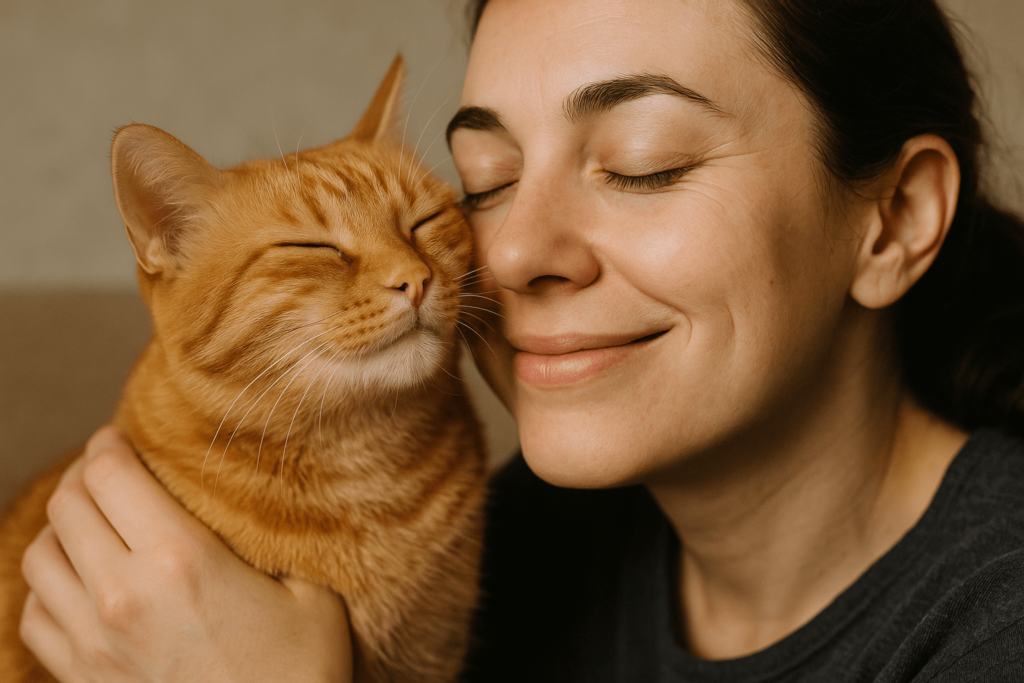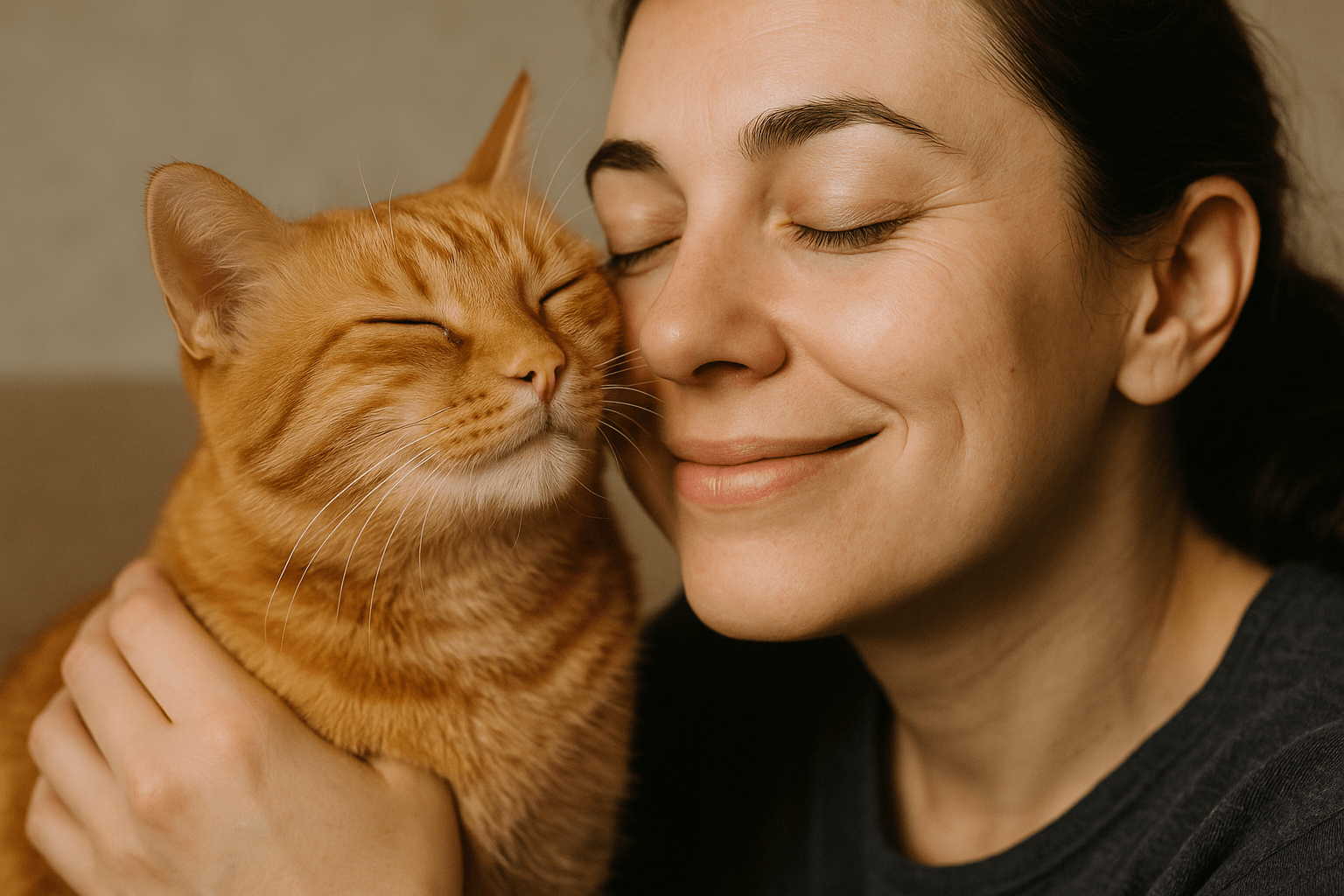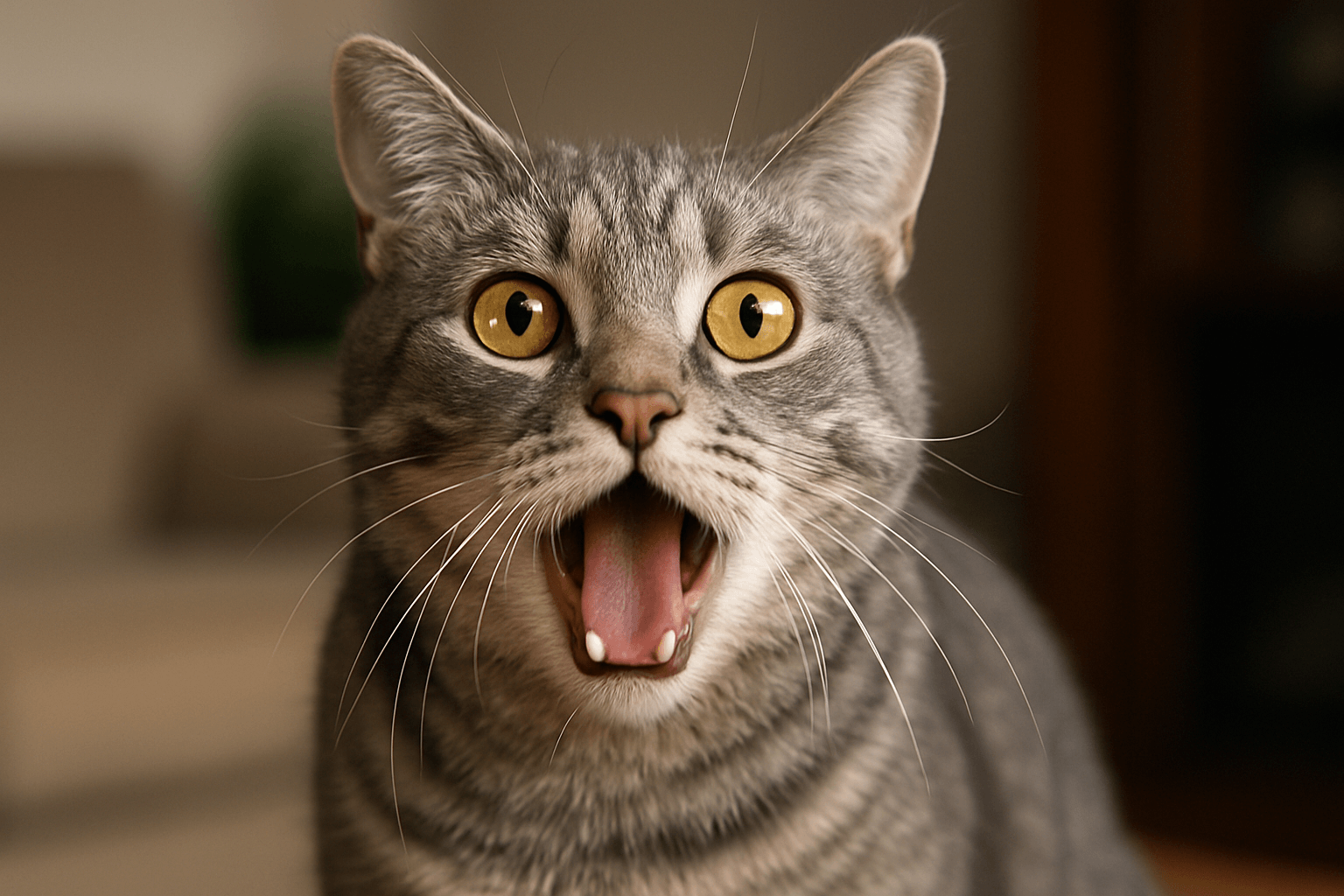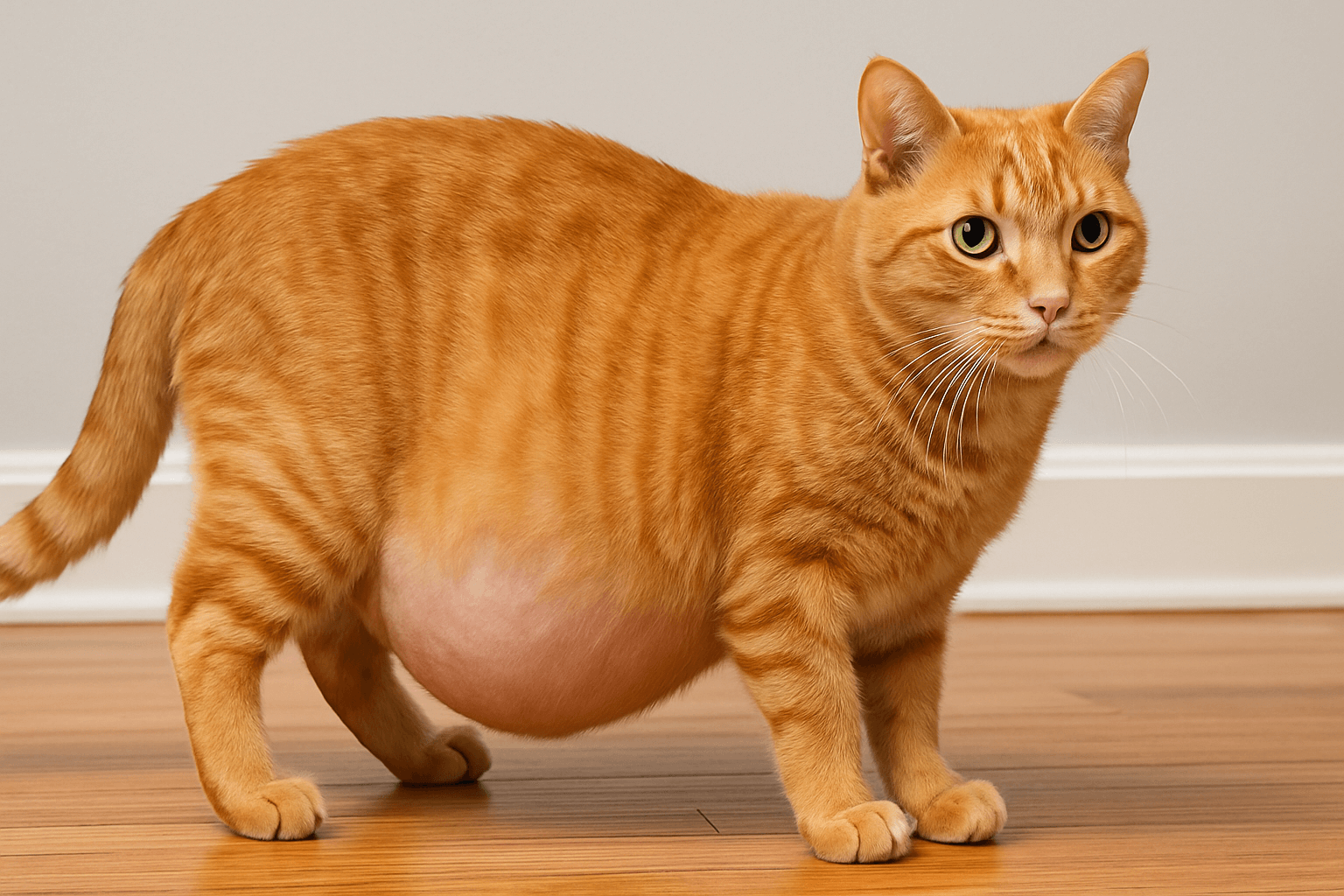The Cat Purring Effect on Humans: A Symphony of Comfort and Healing
Few sounds evoke the same sense of calm and contentment as a cat’s gentle purr. Whether you’re cuddling with your feline friend or simply hearing their rhythmic vibrations from across the room, the effect of a cat’s purring on humans is undeniable. Beyond its soothing nature, scientific research suggests that cat purring may have profound benefits for human health and well-being. But what exactly makes this sound so powerful? How does it impact our emotions, stress levels, and even physical health? In this article, we’ll explore the fascinating connection between cats and humans, uncovering the science, history, and healing potential behind the mesmerizing purr.
The Science Behind Cat Purring
Cat purring is more than just a sign of happiness—it’s a complex biological process with intriguing implications. Understanding how and why cats purr can shed light on its effects on humans.
Vocal Cord Vibrations:
Cats produce purring sounds by vibrating their vocal cords and larynx during inhalation and exhalation, creating a consistent hum.Frequency Range Matters:
The frequency of a cat’s purr typically falls between 25 and 150 Hz, a range associated with therapeutic benefits such as reducing stress and promoting healing.Self-Soothing Mechanism:
Cats often purr when they are content, but they also purr to comfort themselves during times of pain, illness, or stress.Communication Tool:
Purring serves as a way for cats to bond with humans and other animals, expressing trust and affection.Evolutionary Advantage:
Scientists believe purring evolved as a way for mother cats to communicate with kittens and signal safety within the litter.
This blend of biology and behavior highlights why cat purring resonates so deeply with humans, offering both emotional and physical benefits.

Health Benefits of Cat Purring for Humans
The calming hum of a cat’s purr isn’t just pleasant—it may also improve your physical and mental health in surprising ways. Here’s how this soothing sound impacts human well-being.
Reduces Stress and Anxiety:
The rhythmic nature of purring triggers relaxation responses in the brain, lowering cortisol levels and easing tension.Promotes Better Sleep:
Listening to a cat’s purr before bed can create a peaceful environment, helping you fall asleep faster and enjoy deeper rest.Lowers Blood Pressure:
Studies suggest that exposure to low-frequency sounds like purring can help reduce blood pressure over time.Supports Emotional Well-Being:
Interacting with a purring cat releases oxytocin, the “feel-good” hormone, fostering feelings of happiness and connection.Encourages Pain Relief:
The vibrations of a cat’s purr may stimulate endorphin production, acting as a natural pain reliever for chronic conditions like arthritis.
These health benefits demonstrate why spending time with a purring cat can be a simple yet effective form of self-care.
Check this guide 👉Why Is My Cat Purring So Loud? Best 7 Expert Behavior Tips!
Check this guide 👉Cat Chirping While Purring: Best 7 Expert Tips!
Check this guide 👉Cat Lays Next to Me and Purrs: Best 7 Expert Tips!
Emotional Benefits of Cat Purring | Physical Benefits of Cat Purring |
|---|---|
Reduces feelings of loneliness | Lowers blood pressure |
Boosts mood through oxytocin release | Promotes faster wound healing |
Eases symptoms of depression | Stimulates bone density improvement |
Enhances mindfulness and relaxation | Relieves muscle tension and soreness |
Strengthens human-animal bonding | Improves cardiovascular health |
How to Maximize the Benefits of Cat Purring
To fully enjoy the positive effects of a cat’s purring, consider incorporating these strategies into your daily routine. Small changes can amplify the healing power of your feline companion’s presence.
Create a Relaxing Environment:
Spend quiet moments with your cat in a calm space free from distractions, allowing you to focus on their purring.Engage in Gentle Play:
Bond with your cat through soft play sessions, which often lead to purring and mutual relaxation.Practice Mindful Listening:
Focus on the rhythm and tone of your cat’s purr, using it as a meditation tool to center yourself during stressful times.Cuddle Regularly:
Physical contact with your cat, such as petting or holding them close, encourages purring and strengthens your bond.Adopt or Foster a Cat:
If you don’t already have a feline friend, adopting or fostering one can bring the joy and benefits of purring into your life.
By embracing these practices, you can deepen your connection with your cat while reaping the full rewards of their purring magic.
Common Misconceptions About Cat Purring
While cat purring is widely celebrated, several misconceptions about its meaning and effects persist. Clearing up these myths helps us better understand our feline companions.
Myth: Cats Only Purr When Happy:
While happiness is a common reason, cats also purr when scared, injured, or seeking comfort.Myth: All Cats Purr Equally Loudly:
Some cats purr softly, while others produce louder, more noticeable sounds—it varies by individual.Myth: Purring Is Solely for Human Benefit:
Cats primarily purr for themselves, though humans benefit indirectly from the sound’s calming properties.Myth: Purring Always Indicates Good Health:
Persistent purring in an otherwise lethargic or unwell cat could indicate underlying medical issues.Myth: Only Domestic Cats Purr:
Other members of the Felidae family, including cheetahs and servals, also exhibit similar vocal behaviors.
Understanding these truths ensures a more accurate appreciation of cat purring and its multifaceted role in feline communication.
Signs Your Cat Is Purring for Connection
Not all purring is created equal—sometimes, your cat’s purrs carry specific messages meant to strengthen your bond. Recognizing these signs can help you respond appropriately and deepen your relationship.
Purring During Grooming Sessions:
If your cat starts purring while you brush them, it signals trust and contentment.Seeking Physical Contact:
Cats often purr when climbing onto your lap or rubbing against you, inviting affection.Following You Around the House:
A purring cat trailing behind you may be seeking companionship or reassurance.Reacting to Your Voice:
Some cats purr in response to hearing their owner’s voice, showing recognition and attachment.Purring During Mealtime:
This behavior could indicate excitement or anticipation, especially if food is involved.
Understanding these nuances allows you to interpret your cat’s intentions and strengthen your connection.
Ways to Encourage Your Cat to Purr More
If you’d like to hear more of your cat’s soothing purrs, try these techniques to encourage them to open up and share their melodic vibrations.
Offer Treats and Rewards:
Positive reinforcement with treats or toys can elicit happy purring during training or playtime.Provide Cozy Spaces:
Cats love warm, snug spots where they feel safe—a comfy bed or blanket can inspire relaxed purring.Use Soft Spoken Words:
Speaking gently to your cat reassures them and may prompt purring as a sign of trust.Engage in Calm Activities Together:
Quiet activities like reading or watching TV near your cat can create opportunities for purring.Massage Their Favorite Spots:
Gently stroking areas like behind the ears or under the chin often triggers contented purring.
With patience and care, you can create an environment where your cat feels comfortable enough to purr freely.
The Role of Purring in Therapy Settings
Therapy animals, including cats, are increasingly being used to support individuals dealing with emotional or physical challenges. Purring plays a key role in enhancing these therapeutic interactions.
Calming Hospital Patients:
Therapy cats visiting hospitals often purr to soothe patients undergoing treatment or recovering from surgery.Reducing Symptoms of PTSD:
Veterans and trauma survivors find comfort in the steady rhythm of a cat’s purr, which helps ground them emotionally.Supporting Children with Autism:
Cats’ purring provides sensory input that calms children on the autism spectrum, aiding in communication and socialization.Alleviating Elderly Loneliness:
Nursing home residents benefit from the companionship of purring cats, which reduces feelings of isolation and sadness.Enhancing Mental Health Counseling:
Therapists incorporate therapy cats to create a calming atmosphere, helping clients open up during sessions.
Purring proves to be a powerful tool in therapeutic settings, showcasing the incredible bond between humans and cats.
Frequently Asked Questions About Cat Purring
Why do cats purr?
Cats purr to express contentment, self-soothe, communicate, or signal trust and affection toward humans or other animals.
Can all cats purr?
Most domestic cats can purr, but larger wild cats like lions and tigers lack the same vocal anatomy and instead roar.
Does a cat’s purring heal wounds?
While not scientifically proven, the low-frequency vibrations of purring may aid in tissue repair and recovery.
Why does my cat purr loudly at night?
Nighttime purring could indicate hunger, boredom, or a desire for attention—cats are naturally nocturnal creatures.
Is it normal for kittens to purr?
Yes, kittens begin purring shortly after birth to communicate with their mother and siblings.
The Healing Power of Cat Purring: A Gift for Humans
The gentle hum of a cat’s purr is more than just a comforting sound—it’s a bridge between humans and animals, offering emotional solace and physical healing. From reducing stress to improving sleep and fostering deeper connections, the benefits of cat purring extend far beyond its surface charm. By appreciating and nurturing this bond, we not only enrich our lives but also honor the special relationship we share with our feline friends. So next time your cat curls up beside you and begins to purr, take a moment to savor the magic—they might just be sharing a little piece of their soul with you.
Cat Hyperventilating: Best 7 Expert Tips! Discover signs, causes, and solutions for cat hyperventilation. Learn how to calm your cat and when to seek veterinary care for their breathing issues.
Himalayan Cat Size: Best 7 Expert Tips! Discover expert advice on Himalayan cat size, growth factors, care tips, and how to ensure your feline stays healthy and happy.
Cat Primordial Pouch Swollen: Best 7 Expert Tips! Discover expert advice on identifying causes, symptoms, and solutions for a swollen primordial pouch in cats. Stay informed!
Tonkinese Cat Traits: Best 7 Expert Tips! Discover the unique characteristics, care needs, and personality quirks of the charming Tonkinese cat breed. Perfect for cat lovers!





